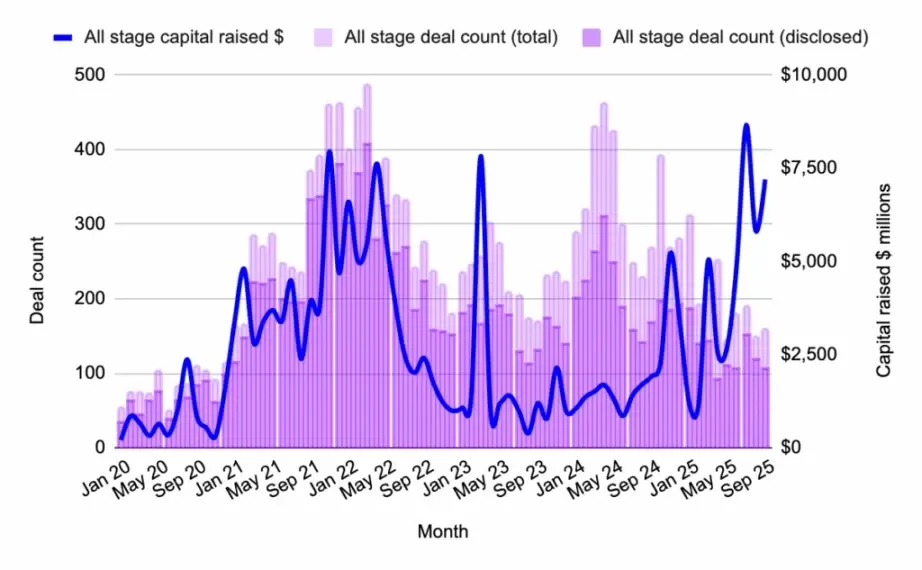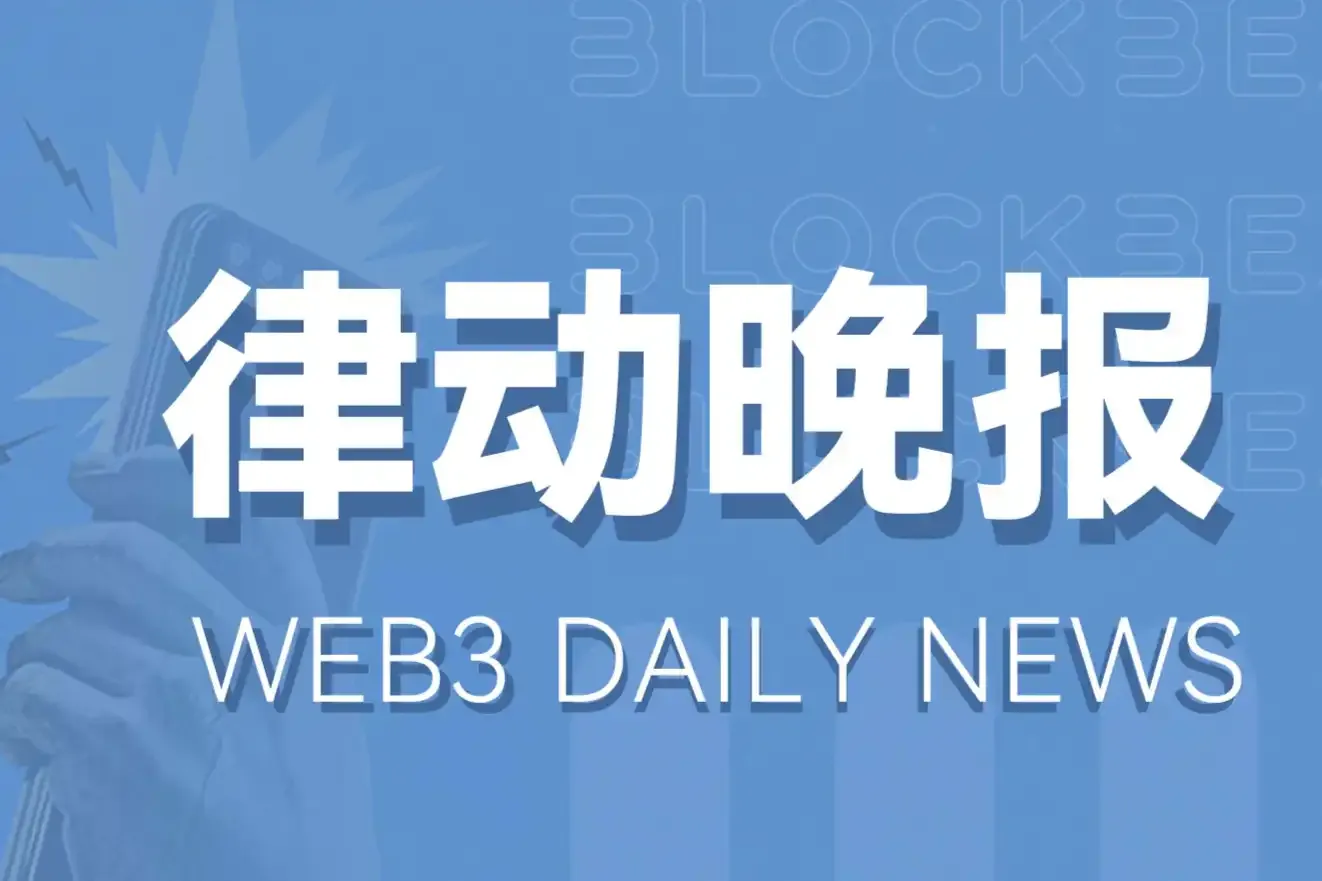Author: Liang Yu
Editor: Zhao Yidan
On October 27, 2025, Japanese fintech company JPYC Inc. pressed the start button on the Tokyo Stock Exchange, announcing the launch of JPYC, the world's first compliant yen stablecoin officially registered under the Payment Services Act. At the same time, the Hong Kong Monetary Authority's licensing team was still reviewing the first batch of applications for the Stablecoin Regulation page by page, while officials from the Monetary Authority of Singapore (MAS) were hosting a closed-door meeting in Raffles Place, discussing the latest results of cross-border settlement for stablecoins under "Project Guardian."
These seemingly fragmented moments in three locations actually represent three faces of the Asian stablecoin race: Japan's institutional sprint, Hong Kong's regulatory experiment, and Singapore's technological rationality. They reflect the same era's proposition—how Asian economies balance innovation with sovereignty, openness with stability in the process of digital transformation reshaping the global financial system.
In this financial transformation carried by "stablecoins," the real competition goes beyond technological routes; it concerns the extension of monetary sovereignty, the redistribution of regional financial center status, and who can first establish a replicable "new order of digital settlement" in the era of real-world asset (RWA) tokenization.
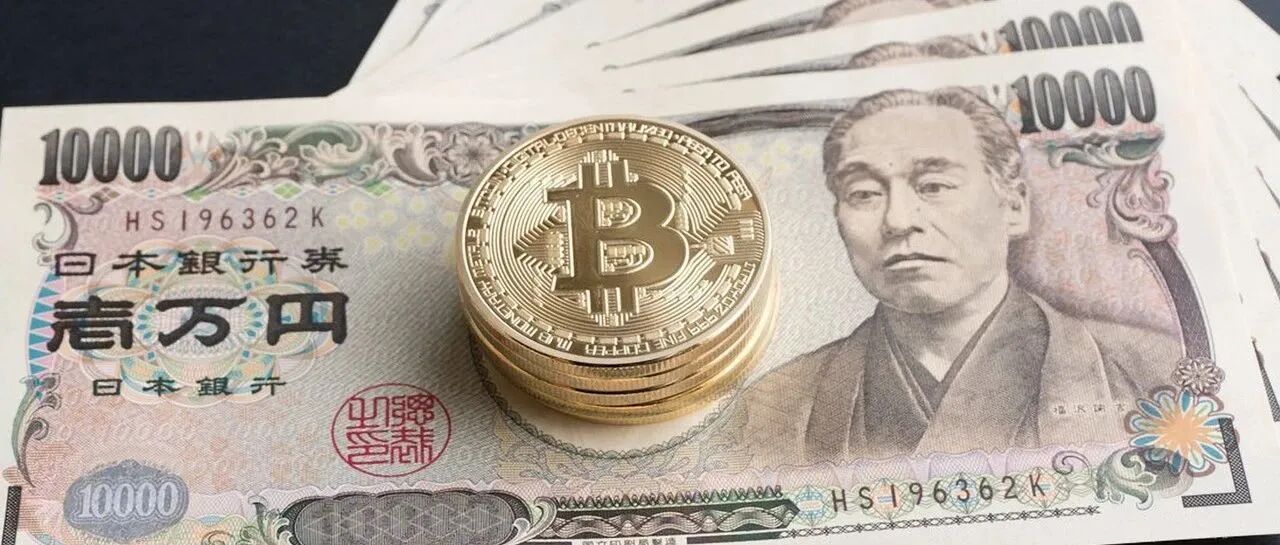
I. Japan: "Dual-Track Sprint" Under National Strategy
Japan is the first country in Asia to systematically regulate stablecoins. As early as 2023, the Japanese Diet passed an amendment to the Payment Services Act, officially incorporating "stablecoins" into the category of "electronic payment instruments," clearly requiring issuers to obtain a fund transfer service license, with reserve assets fully held in cash or government bonds, and subject to review by the Financial Services Agency (FSA). According to a Bloomberg report in June 2023, the core purpose of this legislation is to "guide the private sector into the field of digital currency innovation through compliance," forming a dual-track mechanism that complements central bank digital currency research.
1. JPYC's Institutional Model
The launch of JPYC Inc. is the first successful case of the Japanese regulatory framework coming into effect. After obtaining approval from the FSA, the company launched the yen-pegged stablecoin JPYC on October 27, 2025, with all reserve assets supported by Japanese government bonds and bank deposits, and Mitsubishi UFJ Trust Bank serving as the custodian. According to the Nikkei Asia Review, the issuance and redemption of JPYC must undergo real-name verification, and users can exchange it through the dedicated platform JPYC EX, which adopts a zero-fee policy and generates revenue through interest rate differentials. JPYC aims to achieve a circulating market value of 100 trillion yen within three years, which is equivalent to about one-third of the current global stablecoin market.
The FSA pointed out in its approval that JPYC's innovative significance lies in the combination of asset transparency and on-chain auditing mechanisms. The issuer is required to disclose detailed reserve asset information daily and undergo regular verification by third-party auditing firms. This high-frequency auditing model is seen as a "replicable template for compliant stablecoins in Asia." However, analysts generally believe that whether JPYC can truly form market competitiveness still depends on its cross-border payment implementation capabilities and corporate adoption.
2. Joint Breakthrough of the "National Team" of Banks
JPYC is not the only player in the Japanese market. The Progmat platform, led by Mitsubishi UFJ Financial Group (MUFG), is promoting the institutional issuance of yen stablecoins. According to a Reuters report in July 2025, MUFG, Sumitomo Mitsui Banking Corporation (SMBC), and Mizuho Bank announced that they would jointly launch a stablecoin for enterprises by the end of 2025, primarily for cross-border settlement and supply chain finance scenarios. Kohei Iwata, president of Mitsubishi UFJ Trust Bank, stated in an interview with the Nikkei that Progmat aims to "provide enterprises with low-cost digital currency solutions for settlement in international trade" and plans to conduct interoperability pilots with financial institutions in Singapore and Hong Kong.
The Bank of Japan (BOJ) has expressed a supportive attitude in its official report. According to the Payment and Settlement Report published in May 2025, the central bank believes that private stablecoins can help Japan transition from a cash-intensive economy to a digital payment society. The report also points out that the functions of private stablecoins and central bank digital currencies are not substitutes but complementary— the former enhances market innovation, while the latter ensures systemic safety. This view reflects the "coexistence mindset" of Japanese regulatory authorities, which is an important feature distinguishing it from European and American regulatory models.
3. Technical Challenges and Cultural Inertia
Despite the increasingly improved policy environment, Japan's cash culture remains deeply rooted. According to statistics from Japan's Ministry of Internal Affairs and Communications in 2024, the cashless payment ratio in Japan is 43%, significantly lower than China's 86% and South Korea's 77%. Many consumers still prefer cash transactions to maintain anonymity and familiar payment habits. Additionally, there are still concerns among enterprises regarding the security and cost controllability of blockchain systems. Research from the University of Tokyo's Financial Engineering Research Center indicates that for stablecoins to achieve large-scale application, they must comprehensively outperform existing payment systems in transaction efficiency, privacy protection, and user experience; otherwise, it will be difficult to break through the barriers of the traditional financial system.
II. Hong Kong: Between "Testing Ground" and "Safety Valve"
Hong Kong has constructed a distinctive regulatory framework for stablecoins through systematic legislation. The "Digital Asset Development Policy Declaration 2.0" released in June 2025 officially replaced the term "virtual assets" with "digital assets," marking a fundamental shift in regulatory logic from risk prevention to ecological construction. The Stablecoin Regulation, which took effect on August 1, established six major regulatory pillars, including 100% high-quality liquid support for reserve assets, a mandatory redemption mechanism, and a minimum capital requirement of 25 million HKD. According to the Hong Kong Monetary Authority's report on stablecoin regulatory progress released in early October, as of the end of September 2025, 36 license applications had been received, indicating a positive market response to Hong Kong's regulatory framework.
The uniqueness of Hong Kong's stablecoin regulation lies in its on-chain regulatory innovation. The guidelines for combating money laundering and terrorist financing for virtual asset service providers, revised by the Monetary Authority in July, require licensed institutions to establish on-chain transaction monitoring systems and implement risk-based management measures for non-custodial wallets. This design addresses the risks of cross-border money laundering while avoiding excessive suppression of technological innovation, reflecting Hong Kong's balance between regulatory flexibility and enforcement. Notably, Hong Kong's stablecoin system is synergistic with the development of RWAs. In the "Digital Asset Settlement Channel Plan" promoted by the Hong Kong Stock Exchange, compliant stablecoins are designed as a settlement medium for tokenized assets, and this institutional linkage helps build a complete digital asset ecosystem.
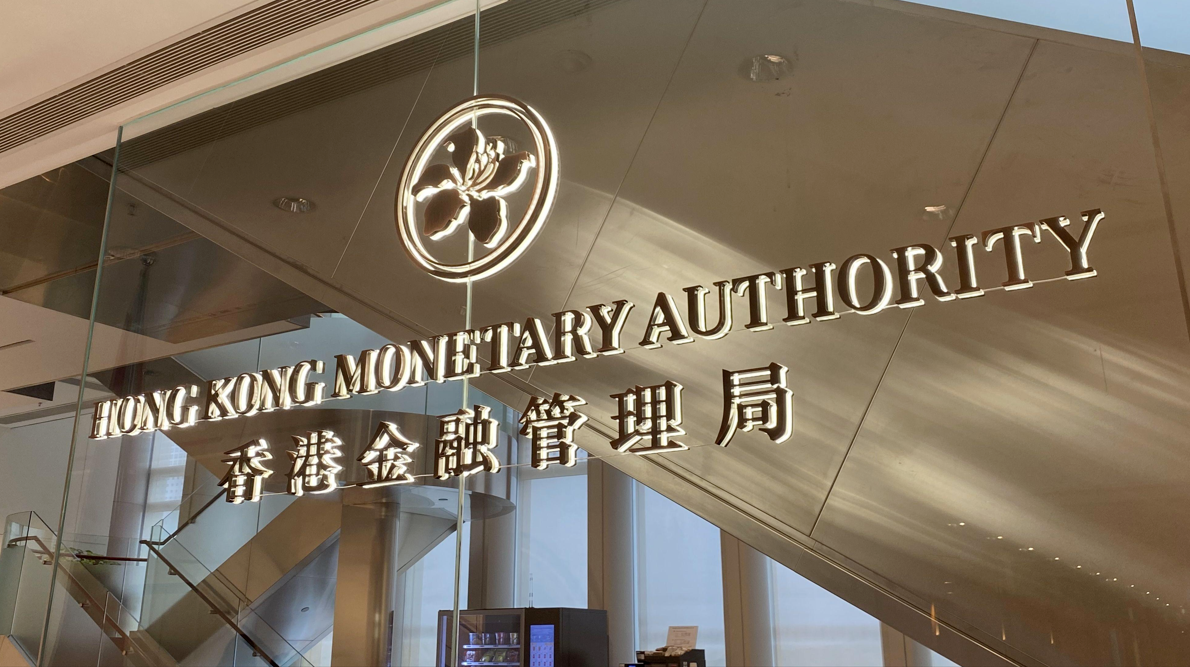
However, the development of stablecoins in Hong Kong faces unique challenges. According to a Financial Times report in October 2025, the People's Bank of China and the National Internet Information Office instructed companies like Ant Group and JD.com to suspend their stablecoin issuance plans in Hong Kong. This intervention reflects the central government's deep concerns about "private minting rights" and the maintenance of the strategic position of the digital yuan. Previously, Ant Group had applied for the "ANTCOIN" trademark, and JD.com sought overseas licenses for cross-border B2B payments, but mainland regulatory agencies clearly viewed these as potential challenges to monetary sovereignty. This incident highlights the unique boundaries Hong Kong faces in promoting financial innovation under the "one country, two systems" framework and suggests that Hong Kong may move towards a development path of "controlled innovation," allowing licensed financial institutions to issue stablecoins in Hong Kong but requiring them to be linked to the official settlement system.
III. Singapore: A Dual Path of Technological Rationality and Compliance Openness
Compared to Japan's institutional advancement and Hong Kong's regulatory experimentation, Singapore's stablecoin strategy resembles a "precision engineering" approach—grounded in compliance and centered on technology.
The Monetary Authority of Singapore (MAS) officially released the "Stablecoin Regulatory Framework" in August 2024, clearly stating that only stablecoins pegged to a single fiat currency can apply for licenses, and requiring that 100% of reserve assets consist of cash or short-term government bonds of the same currency. According to a report from the Business Times in Singapore, MAS's goal is to "ensure that stablecoins possess innovative attributes while not undermining the stability of the financial system."
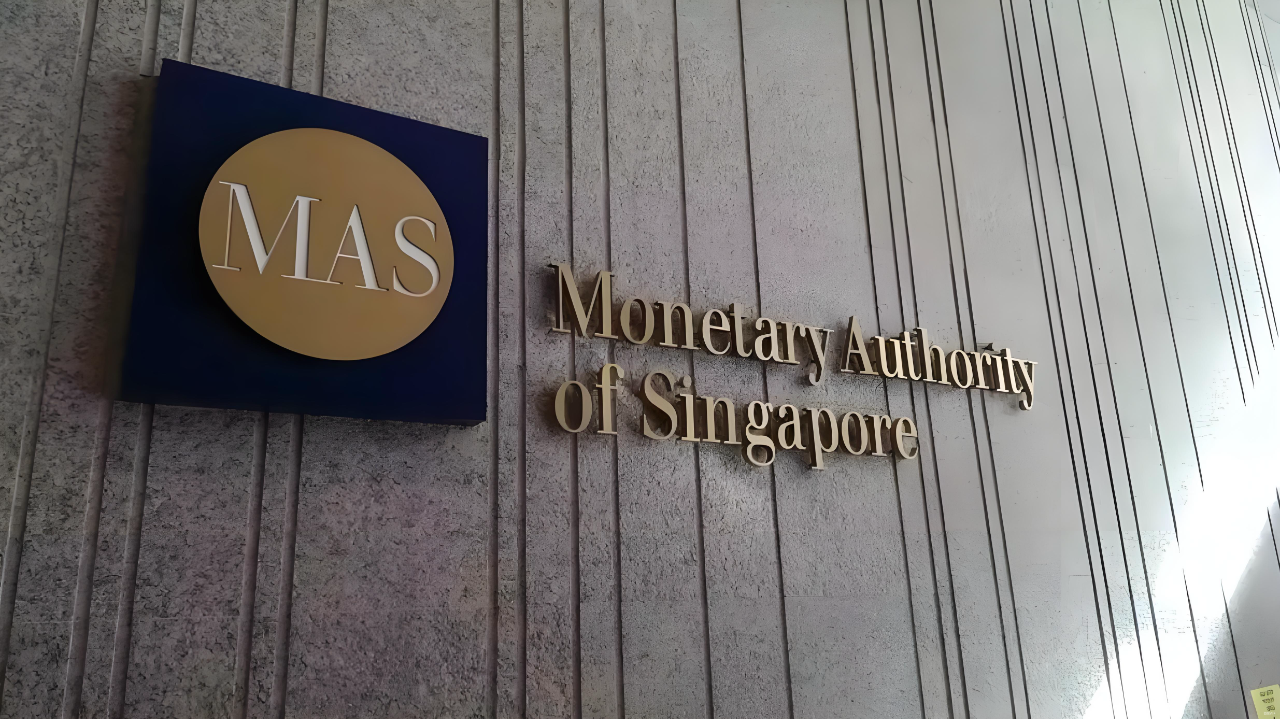
Currently, Circle and Paxos have become the first globally approved issuers, launching USDC-SGD and Paxos SGD (PSGD) pegged to the Singapore dollar, respectively. According to MAS's market update in October 2025, the combined circulation of the two has exceeded 500 million SGD, primarily used for inter-institutional settlement and DeFi payment scenarios. MAS Vice President Chia Quen Wen pointed out in an interview that Singapore's policy key lies in "seeking innovation within stability"—forming a gradual regulatory innovation mechanism through regulatory sandboxes, cross-chain pilots, and CBDC experiments.
1. "Project Guardian" and Institutional Ecosystem
Singapore's competitiveness lies in its institutional collaboration mechanism. According to a Reuters report in July 2025, "Project Guardian," led by MAS, collaborates with DBS Bank, Standard Chartered, Temasek Holdings, and JPMorgan to explore the clearing of tokenized assets and cross-border payments. The latest phase (Phase IV) of the project focuses on testing the feasibility of stablecoins pegged to the Singapore dollar in foreign exchange spot settlements, with results showing that transaction settlement time has been reduced from the traditional SWIFT model of two days to mere seconds.
More importantly, Singapore views stablecoins as "the institutional entry point for decentralized finance." In the "Future Finance Report" released by MAS in 2025, it was pointed out that the combination of stablecoins, RWAs, and decentralized settlement will become a key variable for Singapore to maintain its status as a global financial center. The government encourages licensed institutions to participate in public chain experiments through a model of "open banking + blockchain," while strengthening reserve auditing and consumer protection mechanisms.
2. Strategic Ambition of a Regional Hub
Singapore does not seek to become the "Asian version of USDC," but aims to become a regional financial data and settlement hub. A report from the Infocomm Media Development Authority (IMDA) in September 2025 shows that Singapore is promoting a "cross-border stablecoin standard mutual recognition mechanism," planning to establish a compliance interoperability framework with Japan, Hong Kong, and the UAE. This means that in the future, stablecoins may serve as a regional clearing bridge in East Asia-Southeast Asia trade, exporting Singapore's regulatory standards and financial infrastructure.
Industry experts believe that this path differs from Japan's "sovereign advancement" and Hong Kong's "institutional experimentation," representing a "regional neutrality" strategy—exporting compliance technology to strengthen Singapore's coordinating role in a multilateral digital financial system.
IV. Competitive Landscape Under Asian Patterns and Global Coordinates
Viewing the development of Asian stablecoins within a global framework reveals clearer institutional differentiation. The MiCA (Markets in Crypto-Assets) regulation, which the EU will fully implement in 2024, categorizes stablecoins into "e-money tokens" and "asset-referenced tokens," with its strict liquidity ratios and regional restrictions becoming important references for the designs in Hong Kong and Singapore. The United States, on the other hand, presents a dual-layer regulatory structure of state and federal levels, with the compliance requirements for stablecoins set by the New York State Department of Financial Services (NYDFS)—including 100% reserve assets, monthly audits, and redemption guarantees—sharing a similar logic with Japan's Payment Services Act.
The Bank for International Settlements (BIS) 2025 annual report indicates that the annual trading volume of the Asian stablecoin market has reached $2.4 trillion, with a growth rate more than double the global average. Dollar stablecoins still account for 99% of the global market, but with the institutional advancement of yen, Hong Kong dollar, and Singapore dollar stablecoins, Asia's weight in the global settlement network has significantly increased. The expansion of the RWA tokenization market has further amplified the infrastructure value of stablecoins, with Japan's Progmat, Hong Kong's digital asset channel, and Singapore's Guardian forming an Asian "tri-polar model" that jointly promotes the digitalization and settlement transformation of real assets.
V. Path Choices for Technological Integration and Regulatory Coordination
In the next three to five years, the landscape of Asian stablecoins will evolve around three main lines:
First, regional regulatory mutual recognition. Japan and Singapore may achieve standard interoperability through bilateral regulatory sandboxes, while Hong Kong attempts to use the Hong Kong dollar stablecoin as a regional settlement medium, establishing a technology compatibility framework with the ASEAN market.
Second, the functional integration of CBDCs and stablecoins. Stablecoins are becoming a "technical buffer" for central banks exploring cross-border payments. The Bank of Japan, MAS, and the Hong Kong Monetary Authority are all researching how to achieve on-chain interoperability between CBDCs and stablecoins.
Third, the deepening of RWA-driven applications. Stablecoins will become settlement tools for tokenized bonds, carbon credits, supply chain receivables, and other assets, promoting the integration of the real economy and blockchain finance.
Specifically regarding the development paths of various countries, if Japan achieves its goal of a circulating value of 100 trillion yen within three years, it may become the Asian version of USDC, playing an important role in regional trade settlement. If Hong Kong's stablecoin gains recognition from banks in ASEAN countries, it could change the existing landscape of cross-border settlement systems. These potential developments will reshape the digital financial power structure in Asia and even globally, and will have far-reaching impacts on the international monetary system.
VI. Strategic Logic Behind the Temperature Map
The "three faces" of Asian stablecoins reveal different institutional temperatures: Japan safeguards innovation through legislation, Singapore calibrates risks through technology, and Hong Kong seeks breakthroughs within regulatory gray areas. The differences among the three are not the endpoint of competition but rather a manifestation of the diversification of the regional financial system.
From a longer-term perspective, stablecoins are not only an innovation in payment tools but also a strategic vehicle for digital sovereignty. Japan strengthens the settlement influence of the yen in regional trade through stablecoins, Singapore builds financial infrastructure standards through cross-chain interoperability, while Hong Kong attempts to attract global capital with institutional transparency and international compliance.
In the next five years, the competition in the Asian stablecoin landscape will continue to deepen, with Japan potentially becoming a model of "regulation-driven innovation"; Singapore expected to become a "technology standard exporter"; and Hong Kong possibly redefining the digital form of international financial centers through its role as an "institutional intermediary." Ultimately, what determines the outcome is not speed, but the balance that each country finds among its institutional, technological, and trust systems.
Behind the competition of stablecoins is a profound reconstruction of the Asian financial landscape.
Japan's sprint, Singapore's rationality, and Hong Kong's exploration form a "temperature map" of financial transformation. On this map, there is no absolute fast or slow, only different rhythms of institutional confidence and strategic resolve.
In the future, when digital assets are no longer just virtual symbols but become the real underlying layer of global capital flows, Asia's stablecoin experiments may be writing the prelude to a new round of global financial order.
Sources of some materials:
· "Atomic-Level Compliance Shuffle: JD.com, Ant Group Exit / Hong Kong Stablecoin Moves Towards Banking Era"
· "Japan Launches First Stablecoin Pegged to the Yen"
· "The World's First Yen Stablecoin is Here! Japanese Startup JPYC Plans to Issue Trillions in Three Years"
免责声明:本文章仅代表作者个人观点,不代表本平台的立场和观点。本文章仅供信息分享,不构成对任何人的任何投资建议。用户与作者之间的任何争议,与本平台无关。如网页中刊载的文章或图片涉及侵权,请提供相关的权利证明和身份证明发送邮件到support@aicoin.com,本平台相关工作人员将会进行核查。
